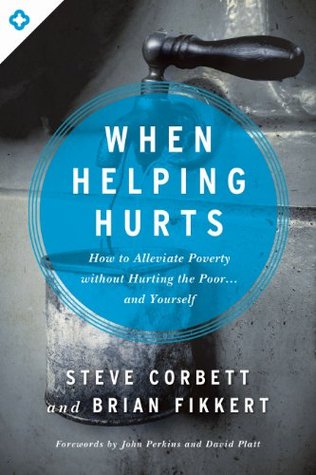More on this book
Community
Kindle Notes & Highlights
One of them spoke up. “Dan, we love you, but something has to change. We have been writing checks to pay for short-term teams for years, but the people in those African villages are just as poor as they were before we started going over there. We have dug wells, built latrines, handed out used clothing, and donated to their new church building, but they just keep asking us to send more teams and more money for more projects. If anything, they seem more dependent on us than ever before. This is bad stewardship of the money we are donating to this church. Something has to change! We’ve had
...more
But reality often falls far short of the ideal. Typically, the biggest challenge that ministries face is an insufficient number of people who are willing to invest the time and energy that it takes to walk through time with a needy individual or family. Finding armies of people to volunteer one Saturday per year to paint dilapidated houses is easy. Finding people to love the people, day in and day out, who live in those houses is extremely difficult.
There are a number of approaches and helpful resources on mentoring,3 but Diane’s story illustrates the power of the circles of support model that is gaining momentum across North America.4 A circle consists of two to five volunteers—called “circle allies”—who come alongside one materially poor family or individual—called the “circle participant” or the “circle leader.” The “allies” are people who are willing to use their time, talents, social and professional networks, and possibly financial resources to help the family or individual to escape material poverty. The “participant” (sometimes
...more


